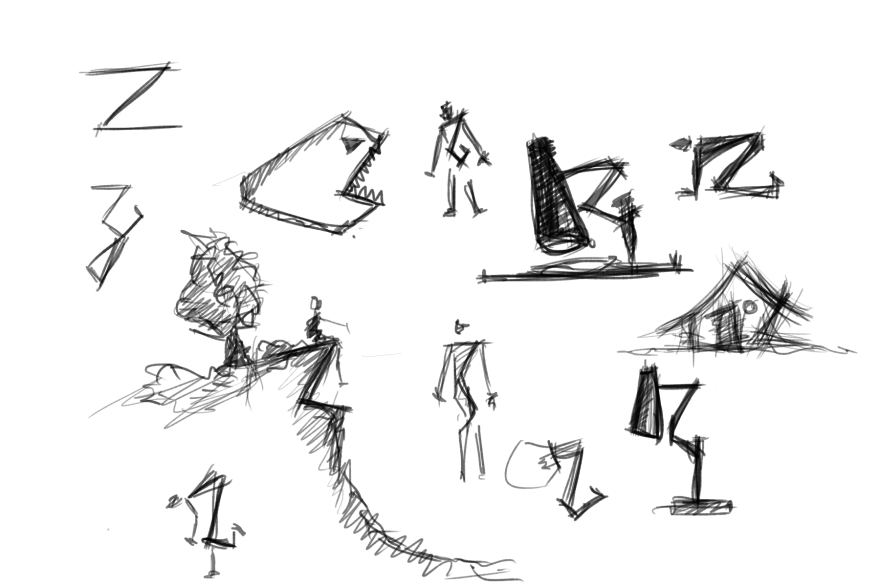 First of a series
First of a series
Tag: Game
Silambam: The martial art of Tamil Nadu
An ancient defence form; One of the 64 art forms of yore, a predecessor to many other art forms and the pride of Tamil Nadu : Silambattam is one of the oldest known martial art forms identified. Silambam or Silambattam is a weapon-based martial art form from Tamil Nadu. From being a war-fare method to being a martial art, Silambattam has a long way. Today, Silambam is quite widespread all over the globe and is given a lot of emphasis.
Etymologically, Silambam is a combination of the words ‘silam’ meaning ‘hill’ and ‘Kambu’ meaning ‘staff or stick’. So, Silambam literally means staff from the hills. Although, the origins of this art form are not well known; It is commonly accepted that the sage Agathiar documented the frameworks and its modalities. The history of this art can be known from ‘Nadasari’, an ancient manuscript. A recent archaeological research has revealed that Silambam has been in practice for more than 10,000 years.
It has been well recorded in history that Silambam was used as a war-fare method by the soldiers of all the three great kings (Chera, Chola, Pandia) of Tamil Nadu. A network of training centres existed across these three kingdoms. It was even used in our freedom movements against the British. Alarmed by the vigour and valour of trained Silambam soldiers, the British banned the art form from being practiced. However it was practiced secretly before independence and openly post-independence. Currently, there are three kinds of Silambam being practiced- Por silambu(warfare), Silambattam(performance) and Potti Silambattam (sport).
The most traditional and common weapon used in Silambam is the bamboo staff. People of Kurinji (mountains) and Mullai (forest) landscapes used sticks and staffs to protect their cattle from wild animals. They watched the wild animals carefully and adopted their movements in their fighting style. Some of the other weapons used are sharp antlers (maan kombu), kai silambu, swords and shields (kathi kedayam), spears (eetti) , kuttuval (dagger) and the flexible whip-blade (surul pattai).
The performance of Silambattam begins with salutations to God, the opponent, spectators and teachers of the participants. Participants need to exhibit rapid foot movements and good control over body actions. It takes intense mental concentration, physical fitness and rigorous practice to perform a continuous sequence of Silambattam. During sports, players try to touch the opponents body by making use of silambu. The player who suffer the most number of touches, losses the contest.
There are lot of health benefits in learning Silambam. It is a good form of cardio exercise. It improves the flexibility of body and the reflex of the individual. It helps with muscle co-ordination and increases mental strength and agility.
Although, Silambam has been recognized as a sport in Tamil Nadu, it is not widely taught to students in educational institutions barring few private schools and colleges. People themselves join private institutions to learn this art. It is a good thing that people are taking interest in this traditional art form and help it survive. Hopefully, the art will have better appreciation and aid in the near future.
